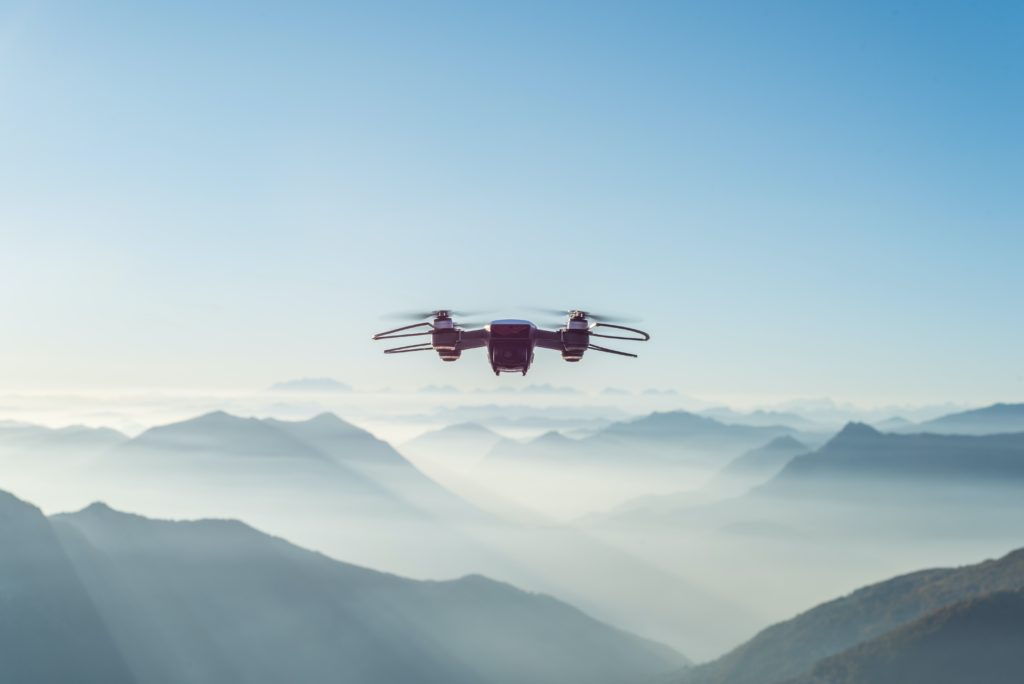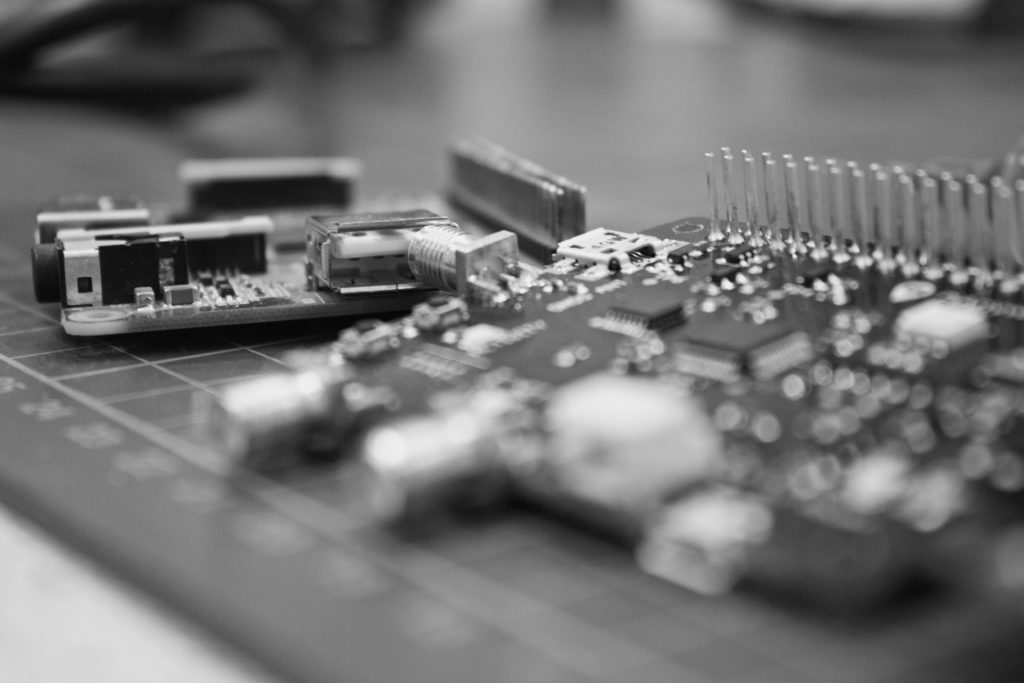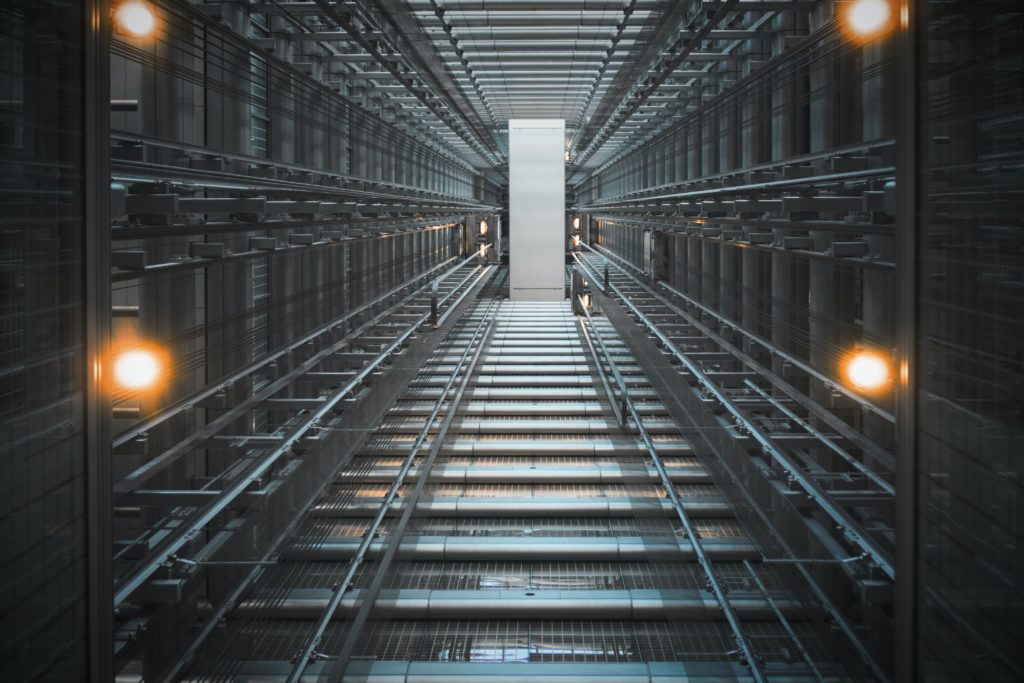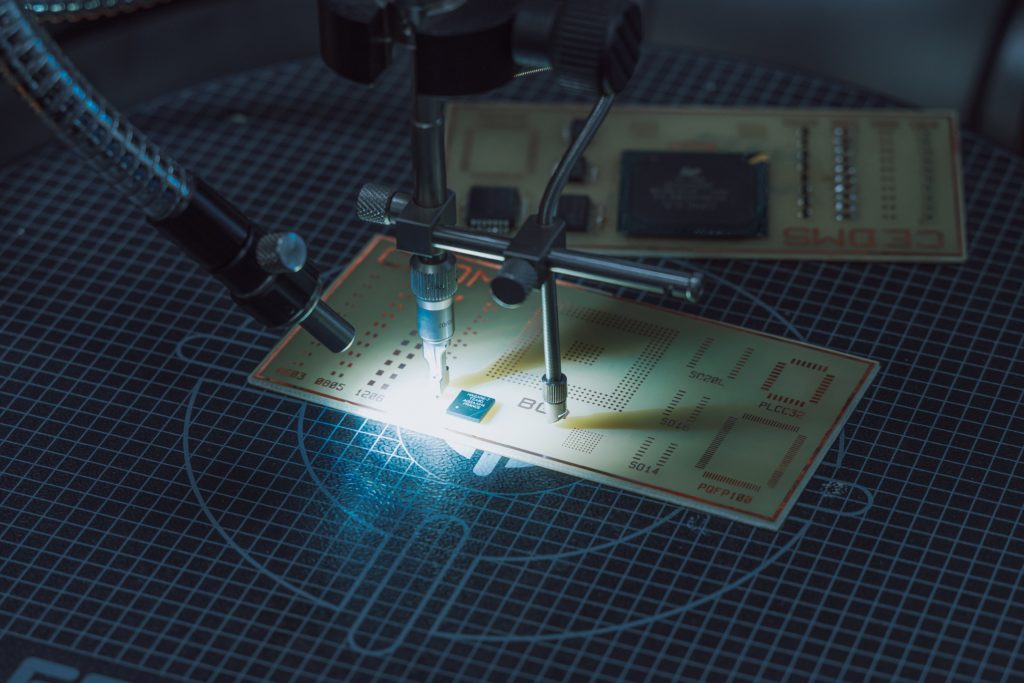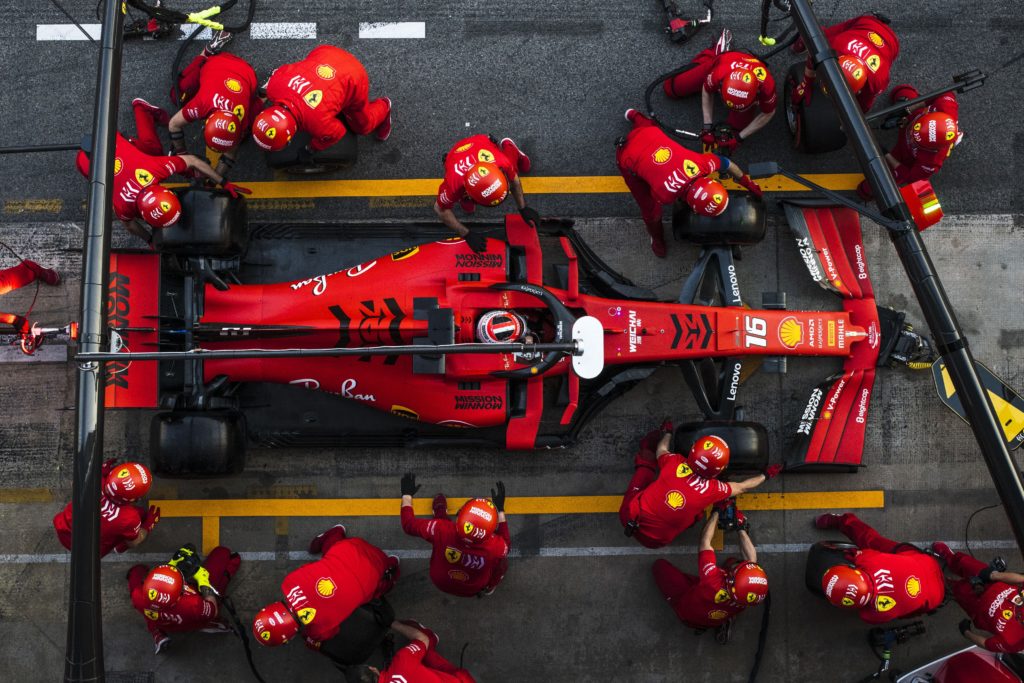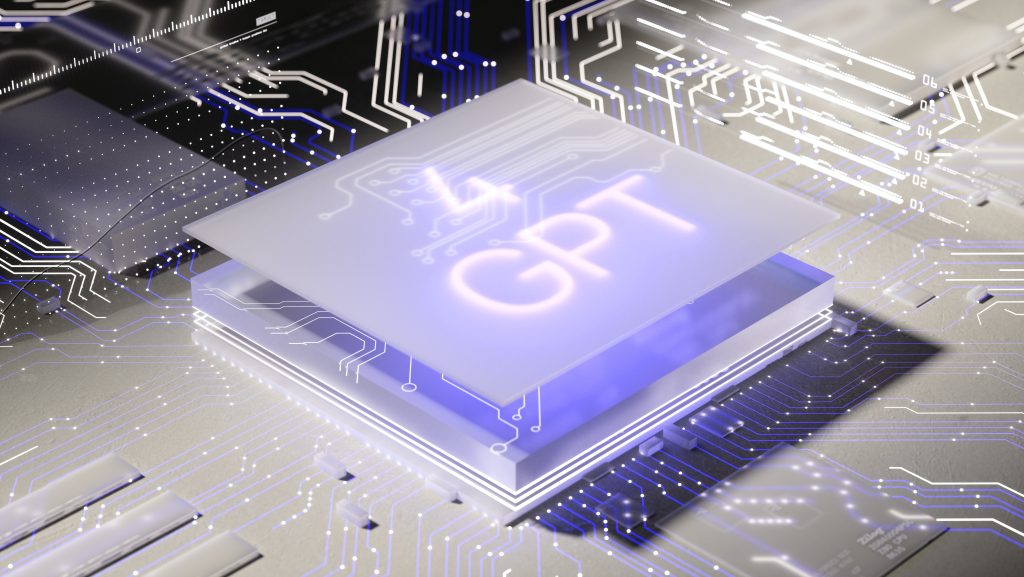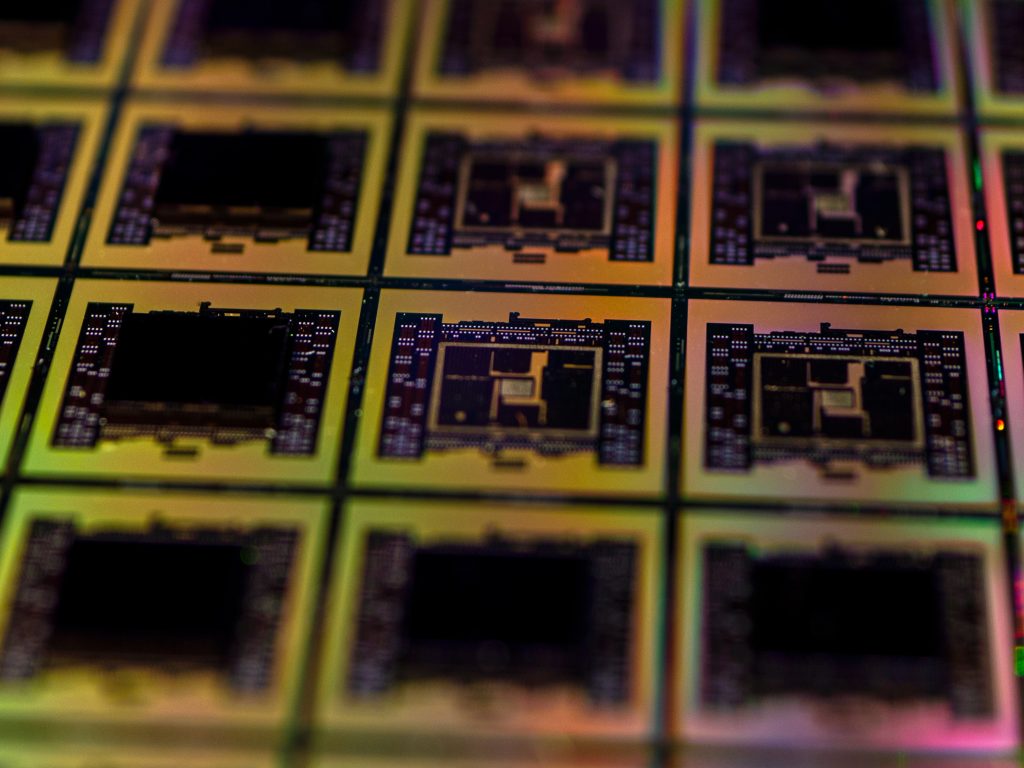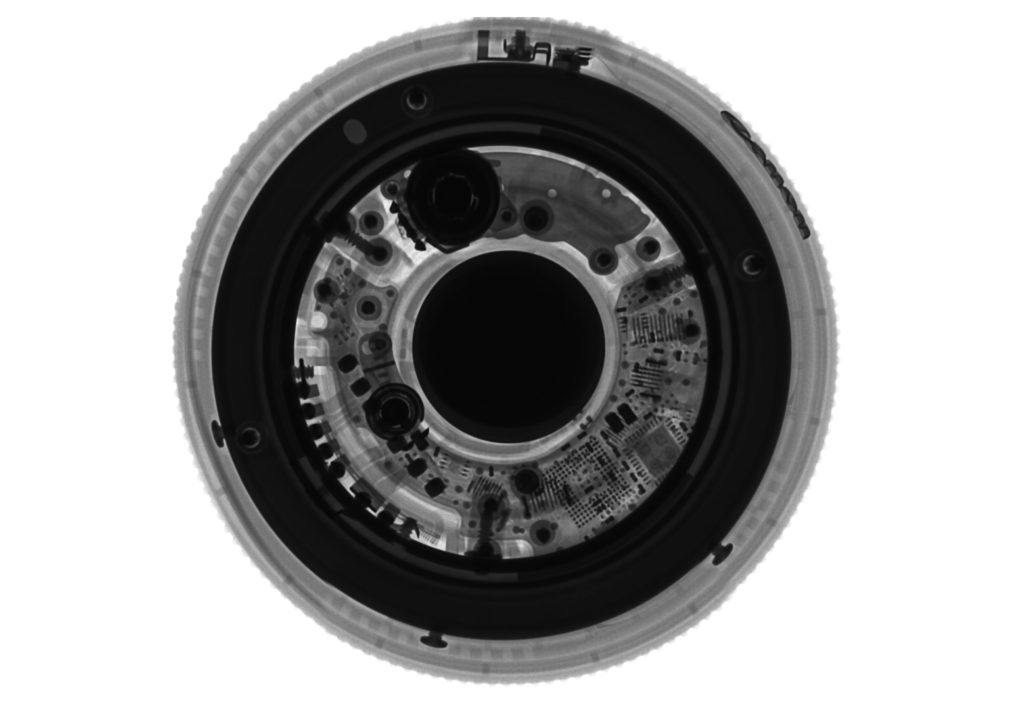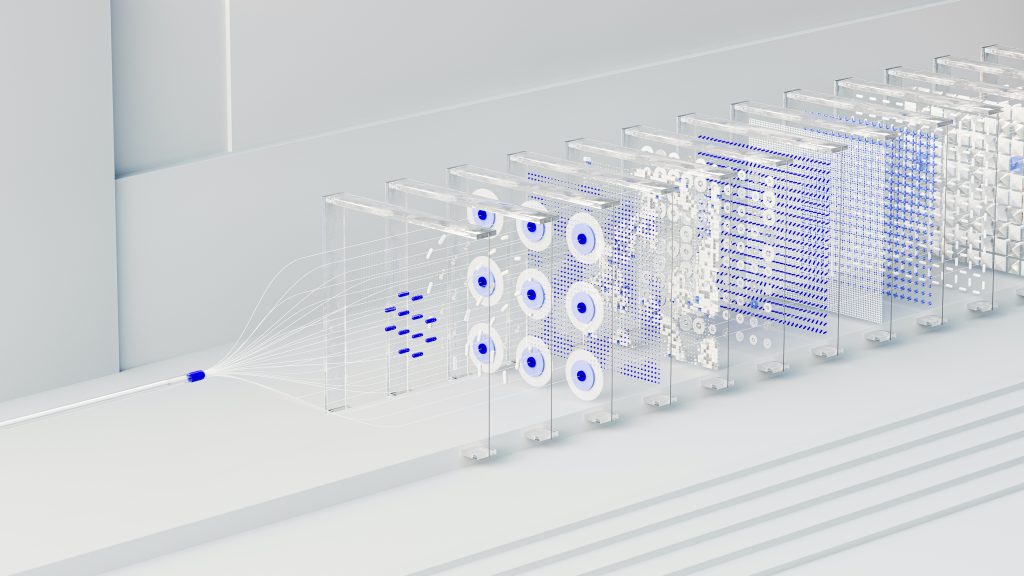DRONE
Unmanned Aerial Vehicles (UAV) have been in use since 1849. Several countries around the world have invested in massive research and development activities to make use of UAV for surveillance activities by the armed forces. All the military-grade UAVs are distinctly complex and wide-body machines.
In recent years, due to the development in the semiconductor process technology and the advancement in software development, the form factor of high-tech hardware and software solutions have been shrinking. Along with the improved connectivity and wireless communication technology, the UAVs are now also being used by civilians for personal and professional non-military activities.
The civilian UAV are more popularly known as drone.

With the flying capability and ability to get controlled remotely, the drone can reach places easily where humans require heavy machinery to do so.
The primary usage of the civilian drone has been for aerial photography and videography due to the high-resolution cameras that the drone can fly with. Lately, the application area has widened to agriculture, scientific research, and numerous other business segments.
DRONE APPLICATIONS
There are different areas where the drone is useful. Mainly in the areas where deployment of the drone can lead to lower operating cost compared to the existing solutions.
In Agriculture it is not only important to monitor the yield of the crops but also critical to understand the effect of the new agriculture technique. Going by the traditional approach of performing the acres of land inspection manually is not only time consuming but is a labor-intensive task too. This is where the drone come into the picture. The drone can either fly from nearby centers to monitor the farming or can reside near the field. In both the cases it can be controlled remotely. On top, farmers can also be trained to fly the drone.
The drone can be programmed with the map of the agriculture land to automatically capture the aerial high-resolution pictures and videos. The data captured can then be uploaded to the cloud servers for further analysis. The farmers can then get the accurate feedback on the progress of their crops, along with live audio/video advice.
Another important application area of the drone is to perform survey. Surveys can be to understand the structure of a high rise, finding any faults on long pipelines located in terrain land, checking on the high rise electric pole lines, and many other important areas where humans will require heavy instruments (high cost) to reach. The drone can also be very handy in surveying bridges and tunnels. Similar to the agriculture application, the data captured from the cameras can aid in understanding whether maintenance is required or not.

The drone are also being used for adventure activities like capturing videos during a movie stunt, aerial view of national parks and many other adventure activities. The high resolution cameras provide breathtaking view from a point of location that humans cannot read easily.
The drone is already is use at police and firefighter departments across the world. The primary reason to use the drone by the police departments is to inspect suspicious areas. With the help of sensors and cameras, the drone can per-alert and provide details about whether it is safe enter the area or not. The firefighters are deploying water loaded drones to put off the fire in buildings or complex, where it is not safe for a human to reach. Civil engineering and the oil/gas industry are also increasingly deploying the drone to inspect infrastructures in order to predict maintenance.
Lately, the most crucial use case of the drone being discussed a lot is the delivery of the packages within the city flying zone. Few of the companies have already got an operating license to do so on a pilot basis. If implemented at large scale across different cities, the cost and time benefits are humongous.
The drone will also help in reducing the carbon footprint.
DRONE HURDLES
The drone have numerous use cases. Hardware companies are launching new drone concepts every month. At the same time the software companies are making it easier to fly the drone along with data capturing and processing.
However, with opportunities come hurdles.
Currently, the biggest battle around the drone is who can use it for the commercial purpose. Many countries are coming up with the state and national level policies on the drone commercial activities. The major (and important) requirement is going to be the basic training and license required to operate the drone. It will take a few more years before the drone policies are aligned between the businesses and governments.

The next big challenge is the privacy. Due to the ability to fly at high altitudes, the drone may capture aerial footage of the private locations. There are already the drone catcher technologies, however these require investment and capital which not everyone can afford. Hence, clear guidelines and laws need to be defined around the drone and the privacy breach.
Safety is another hurdle. The autopilot has been in use for a long time but only for commercial flights flow by trained pilot. When it comes to the drone, the operator is not trained for hours. It is certainly possible to automate the drone flying, but there are still users who would like to control the drone flight. There is a possibility that the flight control can be lost, thus raising safety concerns.
The drone are becoming cheaper year-on-year. Every year, new solutions and the software/hardware technologies in the drone is also making it costly. To break even the investment on the drone systems from the business and consumers point of view can be challenging task. A subscription based buying model can be helpful.
DRONE FUTURE
The drone segment is poised to become a $50 Billion market by 2025. The application areas are clearly defined. Many new use cases and promising innovation around the drone technology are being implemented by several companies and startups around the world.
Ecommerce and logistics companies have already started to experiment with the drone delivery services. Drone enables faster delivery, are more carbon-friendly, and lower the shipping cost. The drone delivery system will be game changer for cities with heavy road traffic.

The drone will also drive innovation of smart hardware and software products. With the expanding market, new electronic sensor-based solutions will be developed along with smart software tools to make drone flying experience safer. All this will open new revenue sources for both the software and the hardware businesses.
The time for the drone to take off has come.
